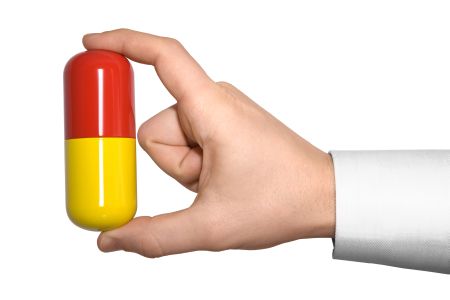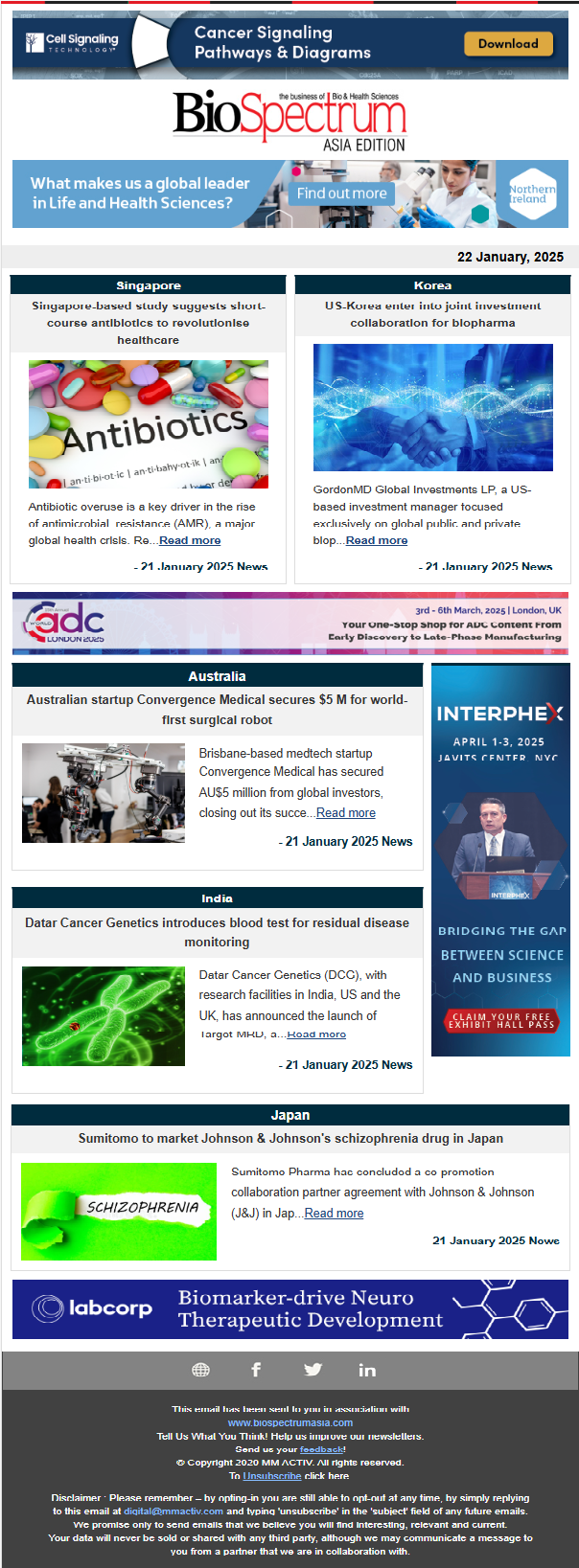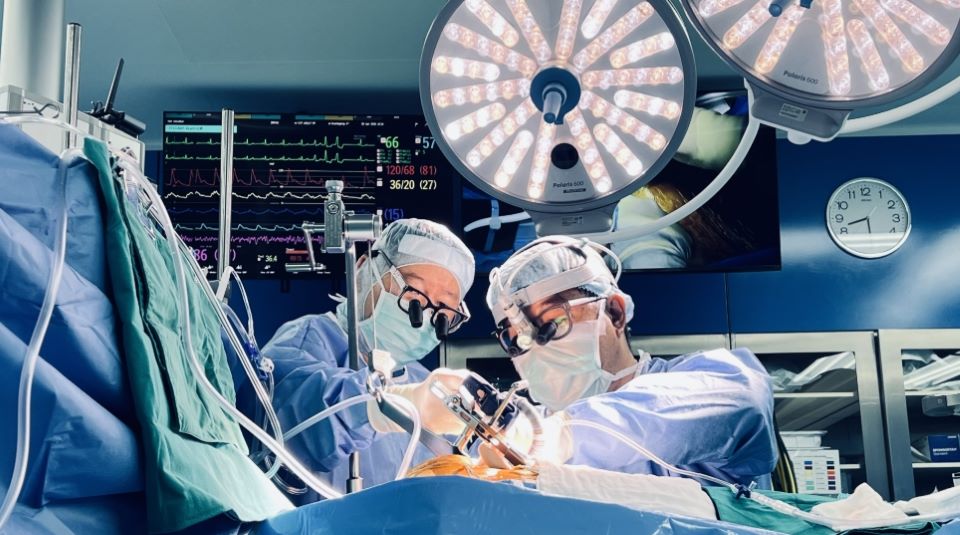
At present, the Sri Lankan government spends about four percent of its gross domestic product on public healthcare
Despite the unrest in the last few years, Sri Lanka has made significant achievements in nearly eradicating vaccine preventable diseases along with leprosy, malaria, Japanese Encephalitis, congenital syphilis, neonatal tetanus, lymphatic filariasis and measles. Diseases such as dengue and some other neglected tropical diseases such as leptospirosis and leishmeniasis continue to be threat to Sri Lanka. The ministry of health has been making efforts to reach total elimination of some of these diseases.
The government has been spending about four percent of its gross domestic product (GDP) on public healthcare. With efforts made of the government and other agencies, 95 percent of the population has access to pharmaceutical products, which has resulted in an increase in life expectancy of people in Sri Lanka. In a population of 20.4 million, the average life expectancy has been on the rise from 62.1 years in 1960s to 68 years in 1980s and 75.3 years in 2010.
Rise in non-communicable diseases
Meanwhile, non-communicable diseases (NCD) are on the rise in Sri Lanka, particularly cardiovascular and cerebrovascular diseases, cancers, diabetes and chronic kidney disease. These account for over 70 percent of morbidity in the country. According to World Health Organization, cardiovascular diseases account for 30 percent of the deaths, while cancer accounts for nine percent followed by respiratory diseases (eight percent) and diabetes (four percent).
Considering the rise in NCDs, Sri Lankan government has taken many steps to prevent further rise. Identified areas include support prevention of chronic NCDs by strengthening the policy, regulatory and service delivery measures for reducing level of risk factors of NCDs in the population, implementing a cost-effective NCD screening program at the community level with special emphasis on cardiovascular diseases, facilitate provision of optimal NCD care by strengthening the health system to provide integrated and appropriate curative, preventive, rehabilitative and palliative services at each service level, empowering the community with healthy lifestyle, enhancing human resource development, strengthening the national health information system, including disease and risk factor surveillance, promoting research and utilization of its findings for prevention and control of NCDs, ensuring sustainable financing mechanisms that support cost-effective health interventions at both preventive and curative sectors and raising priority and integrating prevention and control of NCDs into policies across all government ministries, and private sector organizations.
The government has also decided to use a Japan-funded project of 3,935 million yen to enhance management of non-communicable diseases through improved facilities at the secondary level hospitals and through drug security. The preliminary work conducted under a five-year project by the health ministry, which is now in the process of implementing its strategy of creating awareness on early detection of NCDs, found that many secondary hospitals in the country are generally underutilized due to lack of appropriate facilities. The health ministry, which has adopted a slogan 'healthy life for all', is now in the process of implementing its strategy of creating awareness on early detection of non-communicable diseases.
The pharmaceutical market in Sri Lanka
Rise in life expectancy and government initiatives have supported the growth of the pharmaceutical market in Sri Lanka. According to Business Monitor International (BMI), Sri Lanka's pharmaceutical market is expected to post a compound annual growth rate (CAGR) of 10.2 percent between 2010 and 2015 in local currency. Nevertheless, by 2015, the market will still be worth less than $700 million on account of low pharmaceutical prices and low per capital spending on medicines. The pharmaceutical market is about $ 460 million for 2012, an increase of 3.6 percent over previous year's market size of $444 million.
Sri Lanka's competitive domestic pharma market is estimated to grow 11 percent annually. Despite a healthy growth, Sri Lanka has only six active local pharmaceutical manufacturers and the shortfall is met by imported products from more than 300 international manufacturers.
The government spends around $140 million annually on medicines alone. Private sector research has shown that among the promising growth segments within the Sri Lankan pharma market are chronic care, cardiovascular, and anti-diabetics segments. The pharmaceutical trade sources said that the market share of generic drugs too has increased steadily over the past few years, and now represents almost two-thirds of the market.
There is also an increased focus on ensuring timely delivery of medicines to public hospitals. Following the recommendations of Minister of Health Mr Maithripala Sirisena, in March 2012, the government decided on a drugs review committee and procurement planning committee to assess medicine consumption patterns, drug stock level and medicine prices. This information will help in the calculation of drug requirements and plan procurement.
Business of the future
The government is keen on developing the manufacturing of pharmaceuticals in the country as a strategic import replacement enterprise by granting tax holidays for investment in the pharmaceuticals production in this year's budget. Following an approval by the Cabinet recently to establish a pharmaceutical manufacturing zone, the Ministry of Industry and Commerce has begun preliminary work on developing the country's first pharmaceutical manufacturing zone by mapping out the first steps in developing the 48 acre plot near Kurunegala in the North Western province. Over 10 reputed pharmaceutical manufacturers have expressed their willingness to invest in this zone.
Taking advantage of the developments, the international pharmaceutical manufacturing firm GlaxoSmithKline launched Sri Lanka's first-ever solid pharma production facility in April at Moratuwa. The new facility, equipped with state-of-the-art machinery, will produce 2.5 billion Panadol brand of paracetamol tablets annually. The new manufacturing unit will help stabilize domestic prices. With this launch, Sri Lanka has entered the pharmaceutical manufacturing arena, and showing investor confidence in pharmaceutical sector.
Even China, a fast developing pharmaceutical market in the world, is keen on investing in Sri Lanka, as it was discussed during the latest interaction between the new Chinese Ambassador to Sri Lanka Mr Wu Jianghao and Minister of Economic Development Mr Basil Rajapakse.
However, according to BMI, the attractiveness of the pharmaceutical market is underpinned by the well-developed healthcare infrastructure and government initiatives with regard to the improvement of public health indicators. Funding pressures will continue to hamper the development of pharmaceutical values, especially as less than 50 percent of total healthcare spending is provided by the state. In the medium to long term, economic improvements will allow for wider ranging patient participation in their own healthcare and medical expenditure.
As drug access in the island nation is about 95 percent, there has been a wastage of pharmaceutical products. The ministry of health has decided to impose restrictions to overcome the wastage. In addition to this, government has also decided to reimpose price control on drugs, which was removed through a special gazette notification in 2002, after considering complaints from people.
This government step received opposition from Sri Lankan Chamber of Pharmaceutical Industries (SLCPI) by saying that it will affect the local pharmaceutical industry that has been experiencing growth, as essential pharmaceutical prices have been declining or flat during the last couple of years due to healthy competition.
Although Sri Lanka is an emerging pharmaceutical market, it boasts of relatively well-developed healthcare infrastructure and coverage. However, Sri Lanka's low per capita spending on medicines will remain one of the key brakes on the development of the country's pharmaceutical market, despite a steady population increase and economic development. Still, the long term expectations that private sector will play an increasingly important role in healthcare financing should stimulate market growth.




